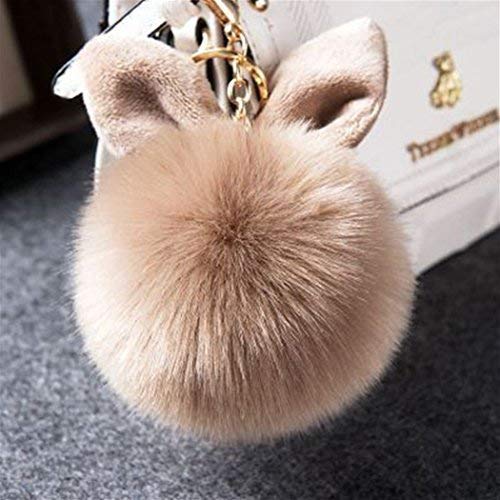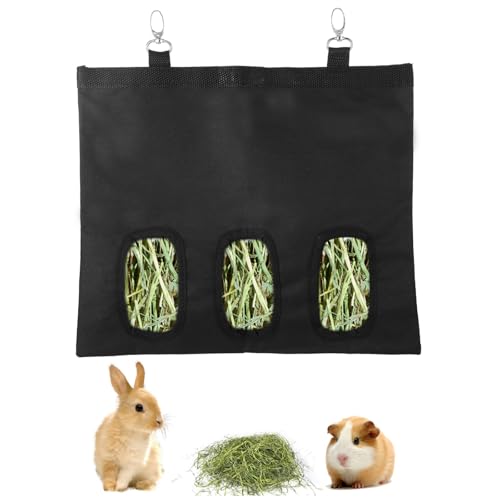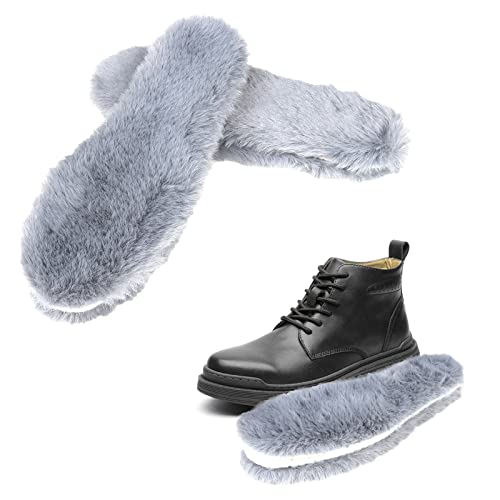I look at the litter of babies. They are generally two months old, perhaps a bit older. That means they are 2/3 of the way or more towards their first molt. They are all together, tumbling all over each other. Generally, most breeders around here are not grooming babies, so you get to see how their coat reacts to this situation. The ones I choose for breeding are the ones that despite the challenges (not being groomed, tussles with littermates, etc.), still have (mostly) mat-free coats. I don't take points off for a few cheek, behind-the-ear, above-the-tail, or between-the-legs mats. Those aren't usually places where I get prime spinning fiber, although I certainly give extra points for rabbits that have usable fiber in all those places.
As to texture--"cottony" is the descriptor used for fiber with little guard hair, that tends to web together and mat. Personally, I prefer the super-soft English fiber with little guard hair, but detest the matting. So, my rule of thumb is to see how those babies are holding their coat, as above. For more adult stock, when you blow into the coat, does the fiber flow free, so you can see down to the skin, or are the fibers interwoven ("webbed")? I forgive webbing if weather or other emergencies have delayed fiber harvesting, and the coat is still holding and usable, but a little webbed. If it still comes apart easily when harvested, I'm okay with that, for example, it wasn't the rabbit's fault the temps stayed well below freezing for weeks on end, or that a family member was dying. If they can pull through the emergency with us, they surely get extra points for that, along with a loving treat and hug and all our thanks.
French type fiber will be coarser, generally darker in color. There will be more guard hair, which is what makes that big angora halo in the yarn. When you choose fiber with less guard hair, the yarn won't fluff out as much, but it will feel scrumptiously softer. When you run your hand through the rabbit's coat, is your first impression "oooh. . .so, soft. . .", or does it feel more like sheep's wool? The coarser fiber spins quick and easy, and fluffs out beautifully. Coarser is still soft by wool fiber standards, and it's lovely. But you can feel the difference with a soft English coat.
I also raise Satin Angora. Not only is the sheen lovely, but the fiber so SO silky soft, even softer than English. I've had Satin Angora test as fine as 9 microns, that would make it even with the world's finest fiber, qiviut. There is a price for that, though. Since French Angora starts at 18 microns, that means that you're getting a lot less fiber quantity per hair follicle in the satin fiber. They eat twice what my little English eat, and produce half the fiber. I keep thinking that this is silly, to have the fiber cost me that much more than the English. . .but then I put my hand in the bag of satin fiber, close my eyes and just sigh. . .there's nothing like it, you can feel the difference blindfolded (I tried it, sat out German, English, French and Satin Angora bags, and tried to tell them apart just by feel. The German fiber was nice but had a little more of a fine sheep's wool texture (and the easiest of the group to spin, tested that, too), the French wasn't as soft, the English super soft, but then the Satin surpassed it with silkiness as well as softness.
Having said that, I've met breeders with French as soft as my English that won national awards, and Satin Angoras that looked and felt more like French. Even now, after decades of raising English, I still get throwback bunnies with little furnishings and coarser coats, and bunnies with totally wooled faces and cottony coats. There's a lot of variation within a breed, even within a litter. My mentor hoped for one good rabbit in a litter, that equaled or surpassed their parents in quality. It's funny how often you get opposites in a litter--one with deep color and a sibling with pale coat, one with coarser and one with finer fiber, one with great furnishings (all that wool on face, feet and ears) and a littermate with an open face.
As to what to ask a breeder:
1. How often do you groom? (A person that grooms often, doesn't mean their rabbits NEED to be groomed that often, but if they groom seldom and the rabbits still look good, that's a plus.)
2. What do you use to groom? (Blower, brush, comb?)
3. How do you harvest your fiber? (Pluck, shear, cut with scissors, brush out) Some show lines of English do not molt, and must be sheared/cut. Other lines are more like my old fashioned triple coated English, with a 3-6" outer coat that is molting, a secondary 1-1/2 to 3" coat underneath, and often a third coat just emerging from the skin. How to tell what type of coat a rabbit has? Blow into the coat. Agouti banding has a dark outer band (blue, black, lilac or chocolate), then a yellowish middle band, and then a gray to soft chocolate undercolor at the bottom, depending on whether the rabbit is chestnut, chocolate agouti, lynx or opal. How many times do you see this pattern repeated when you blow into the coat?

Here you can see the secondary coat as the darker inner circle of banding. This is a fault in shear-only breeds like German and Giant Angoras, because those shorter fibers are more likely to shed back out of the yarn, depending on length. They call the single-coated rabbits 'synchronous', and multiple coated ones 'non-synchronous'. For non-agouti rabbits, look for the fiber to be darker at the tip, then get a lighter shade of that same color as it goes down the hairshaft. If you suddenly get another darker ring partway down the hair shaft, you've probably got a rabbit with a non-synchronous multiple coat.
In any rabbitry, there will be variations in coats. So put your hands in and feel the coats of each rabbit. You don't need to be an expert in judging fiber, just let your hands talk to you, how does it feel? Also, temperament is huge in angoras, because you do need to handle them, at least at harvest time if not for lots of grooming. How does the rabbit react to being held on your lap. Is it squirmy, trying to escape, clawing, peeing. . .or it it sitting calmly, maybe taking a nice nap? Personality is inheritable, and working on a unwilling rabbit isn't pleasant for either of you. So pick up that rabbit, hold it. How does it react? A good English is really quite laid back, ideally, you should be able to pick up an English that has never been handled, and even if it scrambles a bit avoiding getting caught, should calm down and sit quietly in your lap. It may be curious, snuffle at your face, look over your shoulder a bit, but shouldn't be trying to make grand leaps away. I choose personality first, even before fiber quality.





















![FHQHTH Faux Rabbit Fur Purse Fuzzy Handbags for Women Evening Handbags Al alloy Shoulder Strap [Rabbit Red]](https://m.media-amazon.com/images/I/41l5Hd2qrhL._SL500_.jpg)
















